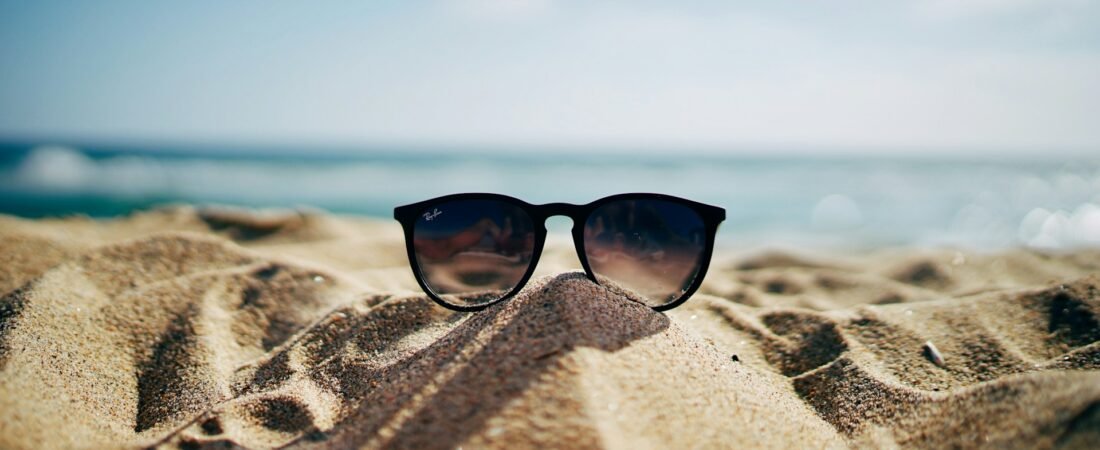“Yes, sunscreen does largely prevent tanning.”
Tanning is essentially your body’s response to UV radiation, producing more melanin (the pigment that gives your skin its color) to protect itself from further damage. By blocking or absorbing UV rays, sunscreen minimizes this response.
While you might still get a slight tan, especially with lower SPF sunscreens or if you don’t reapply correctly, the primary goal of sunscreen is to prevent the harmful effects of UV exposure, not to facilitate tanning. If your goal is to get a tan, consider using self-tanning lotions or sprays instead of risking sun damage.
The sun feels great, and a little sunshine is good for us. But too much can be harmful, leading to sunburns, premature aging, and even skin cancer. That’s where sunscreen comes in – your skin’s best friend under the sun!
What is sunscreen made from?
Sunscreen works its magic thanks to special ingredients that either block or scatter harmful UV (ultraviolet) rays from the sun. There are two main types of active ingredients:
- Mineral Sunscreens (Physical Blockers): These often contain zinc oxide and titanium dioxide. Think of them like tiny mirrors that sit on top of your skin and reflect UV radiation away. They’re generally good for sensitive skin.
- Chemical Sunscreens (Chemical Absorbers): These contain organic compounds like oxybenzone, avobenzone, octinoxate, and octisalate. Instead of blocking, they absorb UV radiation and convert it into a small amount of heat, which is then released from the skin.
Beyond these active ingredients, sunscreens also contain a variety of other components like water, emollients (for moisture), preservatives, and stabilizers to create a pleasant texture and keep the product effective.
How to to apply it for maximum protection?
Applying sunscreen correctly is crucial for it to work effectively. It’s not just about slapping it on – here’s how to do it right:
- Generously is Key: Most people don’t use enough. A good rule of thumb is about an ounce (a shot glass full) for your entire body, and a nickel-sized dollop for your face.
- Cover All Exposed Skin: Don’t forget often-missed spots like your ears, neck, top of your feet, and even your scalp (especially if you have thinning hair).
- Apply BEFORE Sun Exposure: Sunscreen needs time to create its protective barrier. Apply it at least 15-30 minutes before you go outside.
- Reapply Frequently: Sunscreen isn’t a one-and-done solution. Reapply every two hours, or more often if you’re swimming, sweating heavily, or towel drying.
- Check the Expiration Date: Sunscreen can lose its effectiveness over time, so always check the expiration date on the bottle.
The benefits of protecting your skin from harmful UV rays far outweigh the minimal impact sunscreen might have on Vitamin D production. Prioritize sun protection and get your Vitamin D through a balanced diet or supplements if needed.
In conclusion, sunscreen is an essential tool for maintaining healthy skin. Understand what it’s made of, apply it correctly, and don’t worry too much about Vitamin D – your skin will thank you for the protection!






